Just over a year ago, in September of 2017, Hurricane Irma blew through Miami, Florida, bringing extremely high speed wind with it. The wind caused 3 cranes to collapse in southern Florida, 2 in downtown Miami and 1 more in Ft. Lauderdale. Interesting video of the dismantling of one of the failed cranes was shared on Youtube.
Read moreOSHA is Considering a Change to The Silica Dust Standard
In September of 2017, OSHA’s new standard on exposure to respirable crystalline silica went into effect in the construction industry. The rule lowered the allowable exposure to the harmful substance to 50 micrograms per cubic meter, a measurement that we’re all familiar with [/sarcasm]. After a full year of enforcement, OSHA is considering making a change to the rule.
Read more[VIDEO] Latest Update on World’s First 3D Steel Bridge
MX3D
It’s been a long time coming, but the world’s first 3D printed steel bridge has passed all of its required testing and is ready to be installed. But, before it gets to its final home, it will go on a short publicity tour.
Read moreThe Top States to Work in Construction: #21 Connecticut
Connecticut is a relatively small state with a very high population density, ranking 48th in total area and 4th in density. The state also has a very high cost of living, at 16.5% above the national average, according to MERIC.
Read more[VIDEO] Crane Collapses While Placing Concrete Wall Panel in California
Video footage was recently shared of a crane collapse during a concrete wall panel lift. Not much is known about the accident, there has been surprisingly no media coverage of the event, only a very short video description on YouTube.
According to YouTube user Brett Albrecht, the collapse happened in Napa Valley, California, while a crane was lifting 50 ton concrete wall panels. I was first made aware of the video through the Instagram page @osha_is_this_ok, which is a good follow if you aren’t already. One of their other followers claimed secondhand knowledge of the incident and said that no one was killed in the terrifying accident.
The fact that there have not been any news stories written about it is definitely a good sign that no one was seriously hurt by the incident. There look to be about 10 or 11 workers standing near both panels that eventually collapsed, so there was potential for catastrophic loss. BRAGG is visible on the side of the crane at the 19 second mark, but that’s all we know.
This incident is extremely similar to another crane collapse that happened in Austin, Texas in January of 2018. In that video, a crane lifting a similarly sized concrete wall panel collapsed, forcing several workers to run away in a panic. In that accident, 1 worker was transported to hospital with non-life threatening injuries.
PlanGrid Releases "Tasks" to Replace "Issues" Product
via PlanGrid
As was announced at PlanGrid’s first annual Construction Summit in June of this year, PlanGrid has officially released it’s new product “Tasks,” which will replace it’s other product “Issues” moving forward.
Read moreOSHA Clarifies Position on Post-Incident Drug Testing and Workplace Safety Incentive Programs
A 2016 OSHA final rule that requires construction companies to submit electronic injury and illness data on a yearly basis has been fraught with controversy since its release. Over the summer, OSHA proposed rollbacks on additional requirements that large companies with 250 or more employees had to follow after industry pushback. Most recently, the administration has clarified their position on post-incident drug testing and workplace incentive programs, which many organizations believed was unclear under the final rule.
In the original final rule, found in 29 C.F.R. § 1904.35, OSHA deemed that certain post-incident drug testing and workplace safety incentive programs could end up being unlawfully retaliatory against their employees. The belief was that, if done the incorrect way, those policies could end up discouraging incidents from being reported due to an employee’s fear of punishment.
Industry groups, including ABC, have long fought against that line of thinking, explaining that, without proper clarification from OSHA, the rule could make jobsites much less safe. On October 11, OSHA issued an official memorandum which explains that the Department does not prohibit workplace safety incentive programs or post-incident drug testing.
Per the memorandum, “The Department believes that many employers who implement safety incentive programs and/or conduct post-incident drug testing do so to promote workplace safety and health. In addition, evidence that the employer consistently enforces legitimate work rules (whether or not an injury or illness is reported) would demonstrate that the employer is serious about creating a culture of safety, not just the appearance of reducing rates. Action taken under a safety incentive program or post-incident drug testing policy would only violate 29 C.F.R. § 1904.35(b)(1)(iv) if the employer took the action to penalize an employee for reporting a work-related injury or illness rather than for the legitimate purpose of promoting workplace safety and health.”
With regards to safety based incentive programs, OSHA states that incentive program rewards for reporting hazards and near misses is always permissible. For incident rate based incentive programs which award a prize or bonus at the end of the time frame, the employer has to create an environment that does not discourage employees from reporting incidents. The Department offered suggestions for counterbalancing any negative effects a rate based incentive could cause:
an incentive program that rewards employees for identifying unsafe conditions in the workplace;
a training program for all employees to reinforce reporting rights and responsibilities and emphasizes the employer’s non-retaliation policy;
a mechanism for accurately evaluating employees’ willingness to report injuries and illnesses.
OSHA also mentions that most instances of drug testing are permissible under 1904.35(b)(1)(iv), including:
Random drug testing.
Drug testing unrelated to the reporting of a work-related injury or illness.
Drug testing under a state workers’ compensation law.
Drug testing under other federal law, such as a U.S. Department of Transportation rule.
Drug testing to evaluate the root cause of a workplace incident that harmed or could have harmed employees. If the employer chooses to use drug testing to investigate the incident, the employer should test all employees whose conduct could have contributed to the incident, not just employees who reported injuries.
Full story: Clarification of OSHA’s Position on Workplace Safety Incentive Programs and Post-Incident Drug Testing Under 29 C.F.R. § 1904.35(b)(1)(iv) | US DOL
[VIDEO] Watch 2 Power Plant Buildings and Chimney Stack Demolished Simultaneously
via Controlled Demolition, Inc
Multiple buildings imploded at the same time with multiple different camera views? Sounds like the making of a great demolition video.
Read moreThe Top States to Work in Construction: #22 Kentucky
Kentucky, home of horse racing and bourbon distilleries, lands at number 22 on our countdown. The state’s relatively low cost of living, at around 6.7% below national average according to MERIC, helped it drop around 11 spots after adjustment.
Read morePlanGrid Updates Submittals Platform with Added Features
Tracking your construction project’s submittals and their approval status can be a tedious and frustrating process, but thankfully several project management applications are helping solve that issue with technology. At the beginning of this year, PlanGrid announced the release of an automatic submittal log creator tool, which scans through your project’s specification book and creates a trackable log of each submittal. The company has recently added several new features to make the Submittal platform, which allows users to manipulate the submittal log, even more useful.
Read more


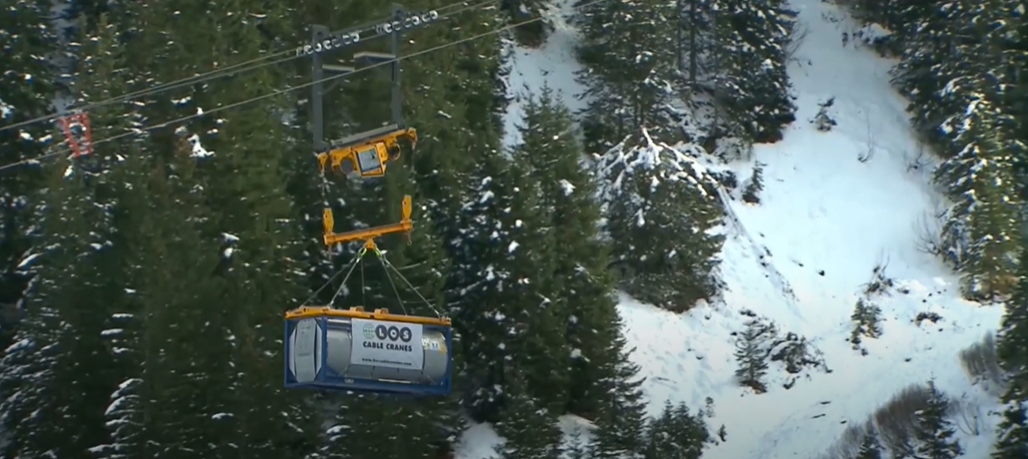





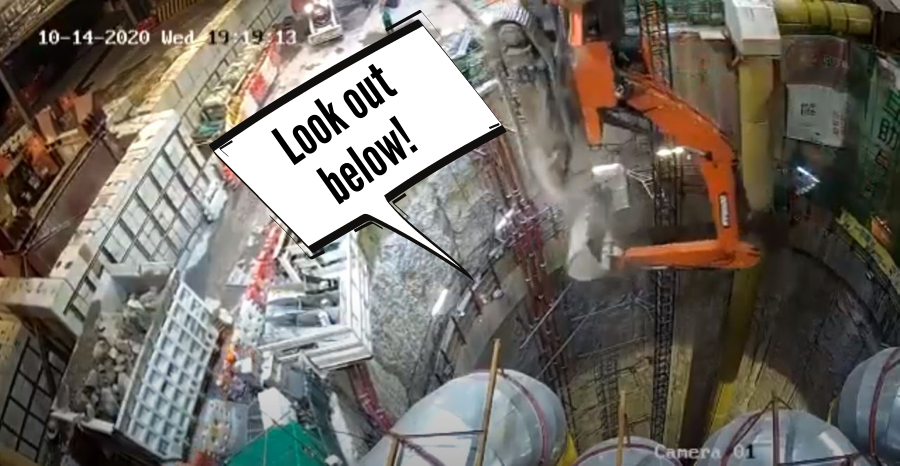

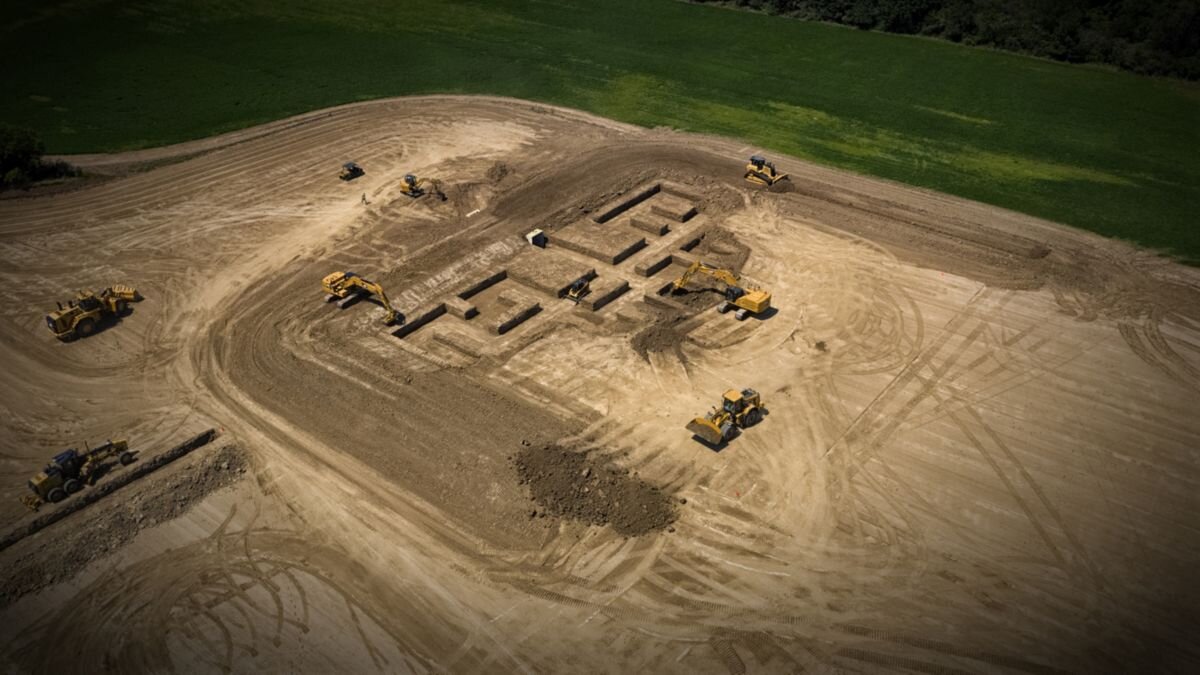


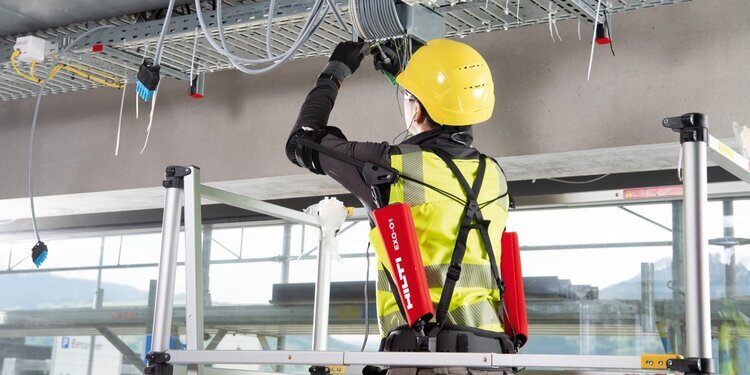

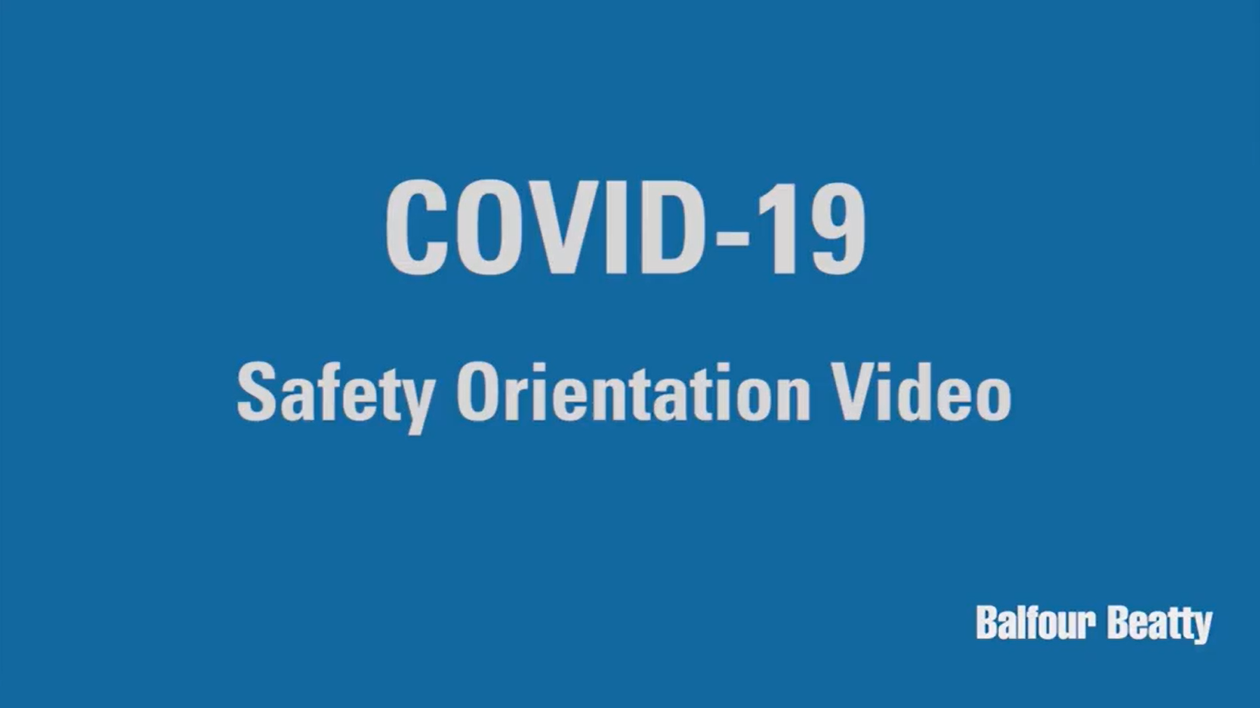


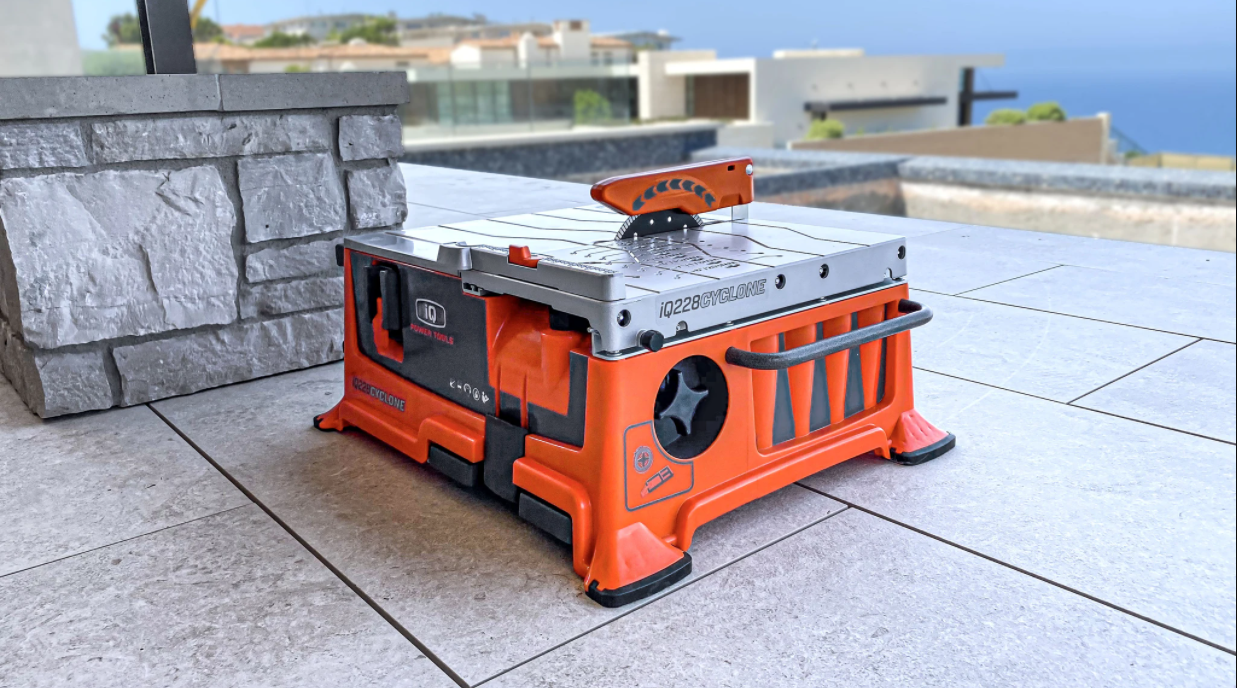

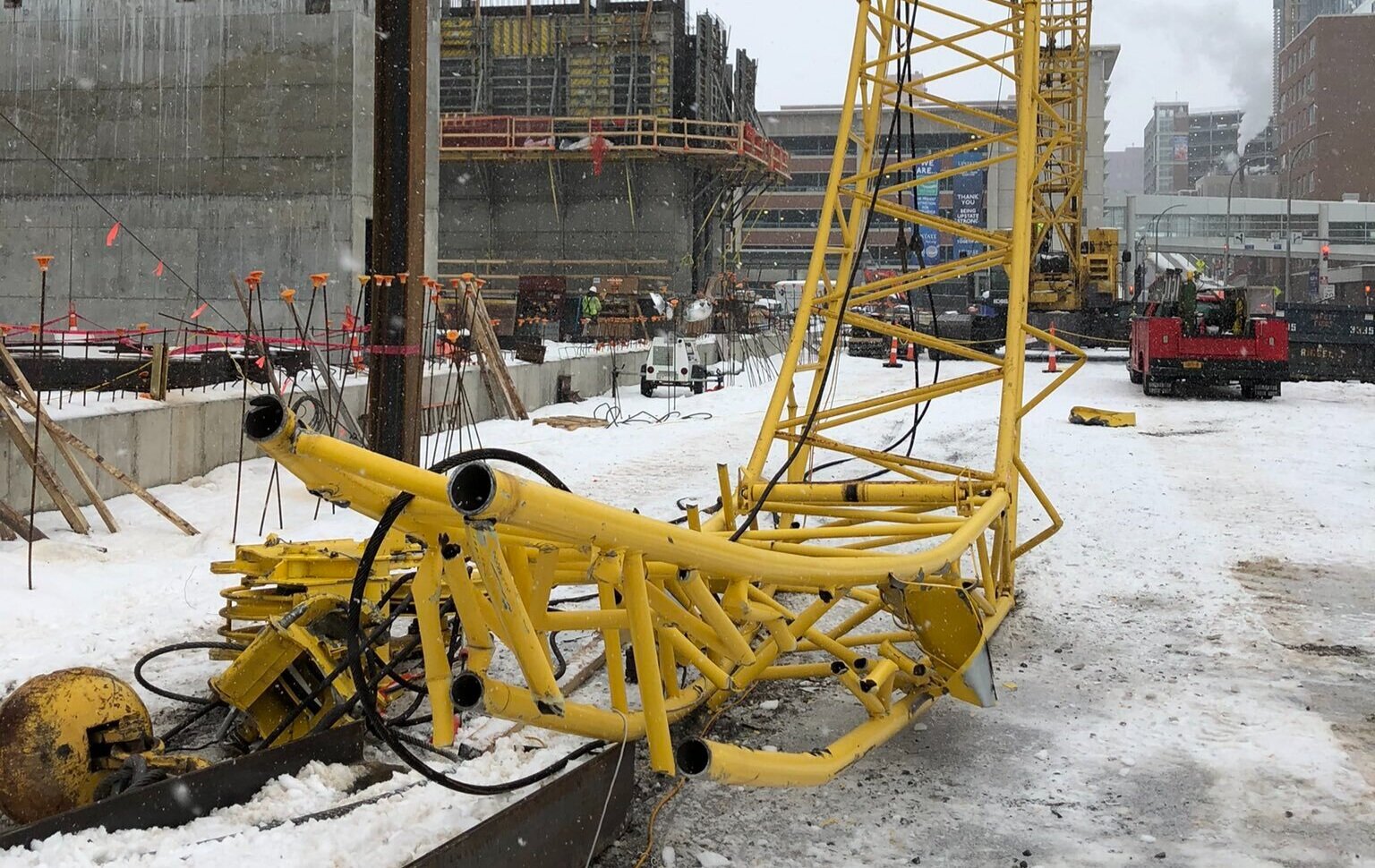



On Tuesday morning, February 23, the Syracuse Fire Department responded to a call about a collapsed crane on a construction site near the university. Thankfully, no injuries were reported.